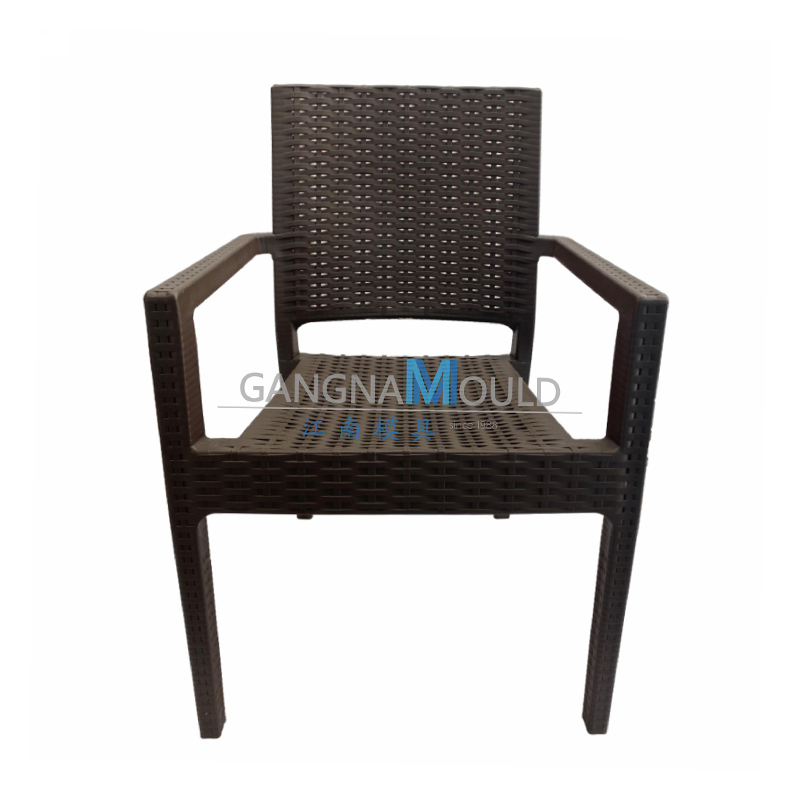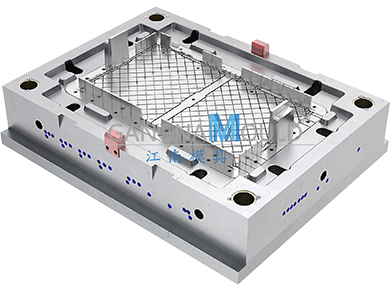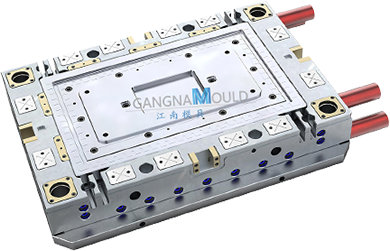Outdoor Sofa Mould Advancements Driving Modern Patio Furniture Design
An Outdoor Sofa Mould is essential in producing weather-resistant sofas for patios, gardens, resorts, and commercial outdoor settings. In 2025, the mould industry for outdoor sofa production is undergoing shifts in market demand, materials, design complexity, and sustainability expectations.
Outdoor Sofa Mould Market Trends
The global patio furniture market is estimated at about USD 21,203.5 million in 2025. This expansion suggests growing demand for outdoor seating, including sofas. A compound annual growth rate of approximately 6.2 percent is forecast between 2025 and 2035. The growing popularity of outdoor living areas drives demand for high-quality moulds specialized for outdoor sofa shapes.
Commercial outdoor furniture trends in 2025 emphasize durability and design merging. Furniture makers push for moulds that support modularity, frame complexity, and rapid variant changes. The trend of blending durability and design in commercial outdoor furniture directly magnifies demand for advanced mould tooling that supports both structural integrity and aesthetic detail.
Outdoor Sofa Mould Design Innovations
What new design techniques are emerging in Outdoor Sofa Moulds? Modular insert moulds allow interchangeable patterns or decorative motifs without remaking entire mould blocks. That flexibility reduces costs for variant production.
Another innovation is hybrid moulding: combining 3D-printed inserts and conventional CNC milled parts. The printed inserts allow fine features, internal ribs or surface textures. Mould makers use digital simulation earlier to optimize material flow, cooling paths, and to minimize warpage.
Complex mould features now include integrated drainage channels, hidden cable conduits, and overhang supports for cushions or canopy attachments. Some moulds include demolding aids or slide cores to release undercuts, facilitating intricate sofa shapes. These advances allow outdoor sofa designs to incorporate curves, layered cushions, and mixed materials while maintaining manufacturability.

Outdoor Sofa Mould Materials & Sustainability
Material choices for Outdoor Sofa Moulds are evolving under sustainability pressure. Tool steels remain standard for high-volume runs, but aluminium alloy moulds suit smaller or medium runs due to lower mass and cost. Surface treatments such as nitriding or hard coatings extend mould life and reduce maintenance.
Sustainability is a core concern in 2025. Mould makers now design around material recycling, energy efficiency, and minimal waste. Some clients require moulds compatible with recycled plastic resins or bio-composites. Mould shops adopt coolant recycling, optimized machining paths, and energy monitoring to reduce carbon footprint. The ability to guarantee lower energy consumption per cycle is becoming a competitive advantage.
Outdoor Sofa Mould Challenges & Future Directions
What challenges confront the Outdoor Sofa Mould sector? Tooling cost remains high, especially for large, complex sofa moulds. Lead time pressure persists, pushing engineers to compress development phases while ensuring precision. Raw material cost fluctuations (steel, alloys) squeeze margins. Achieving consistent tolerance across a sofa’s large surface area demands rigorous control and frequent calibration.
Emerging technologies point to future directions. Smart moulds embedding sensors may monitor temperature, wear, and stress in real time, enabling predictive maintenance. Digital twin modelling will simulate full mould operation before physical cutting begins, reducing trial error. Robotics in mould handling and quick change systems will shorten setup time for multiple sofa variants.
Conclusion
The Outdoor Sofa Mould sector in 2025 lies at the intersection of design ambition, sustainable manufacturing, and market growth.Innovation in modular design, material sustainability, and smart tooling will define success in this evolving field—and Outdoor Sofa Moulds will continue shaping the next generation of outdoor furniture.



 English
English русский
русский Español
Español Français
Français عربى
عربى 简体中文
简体中文




